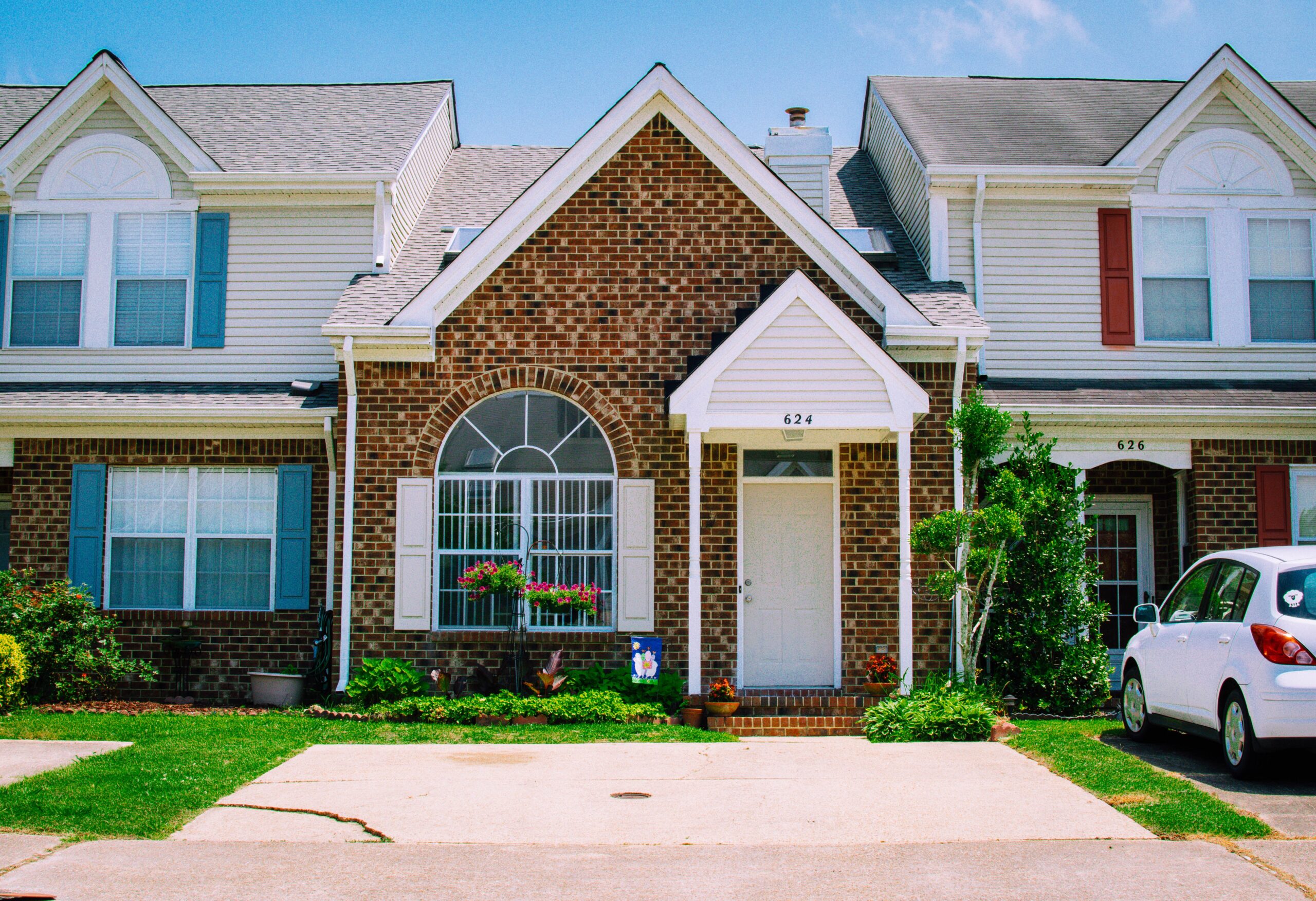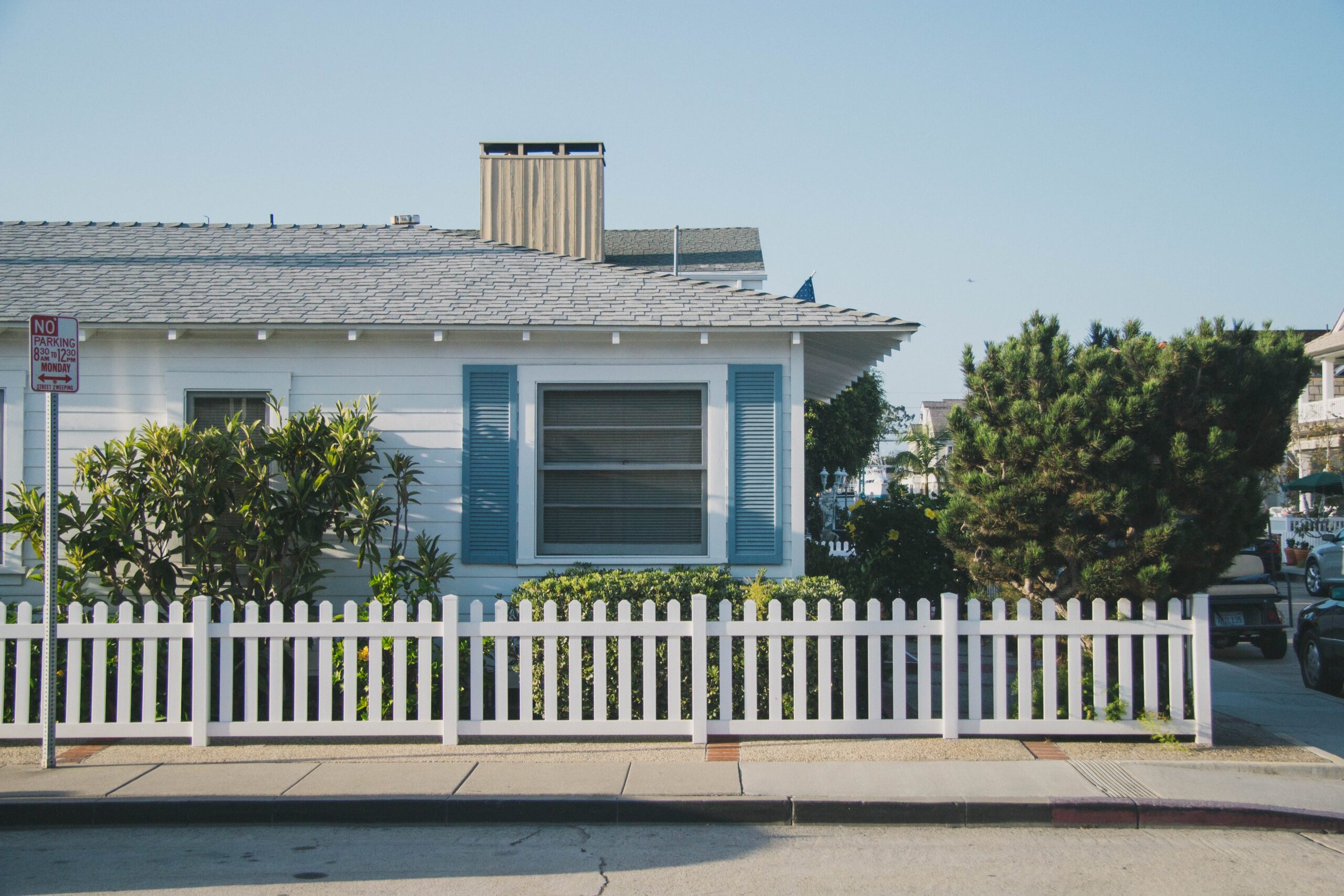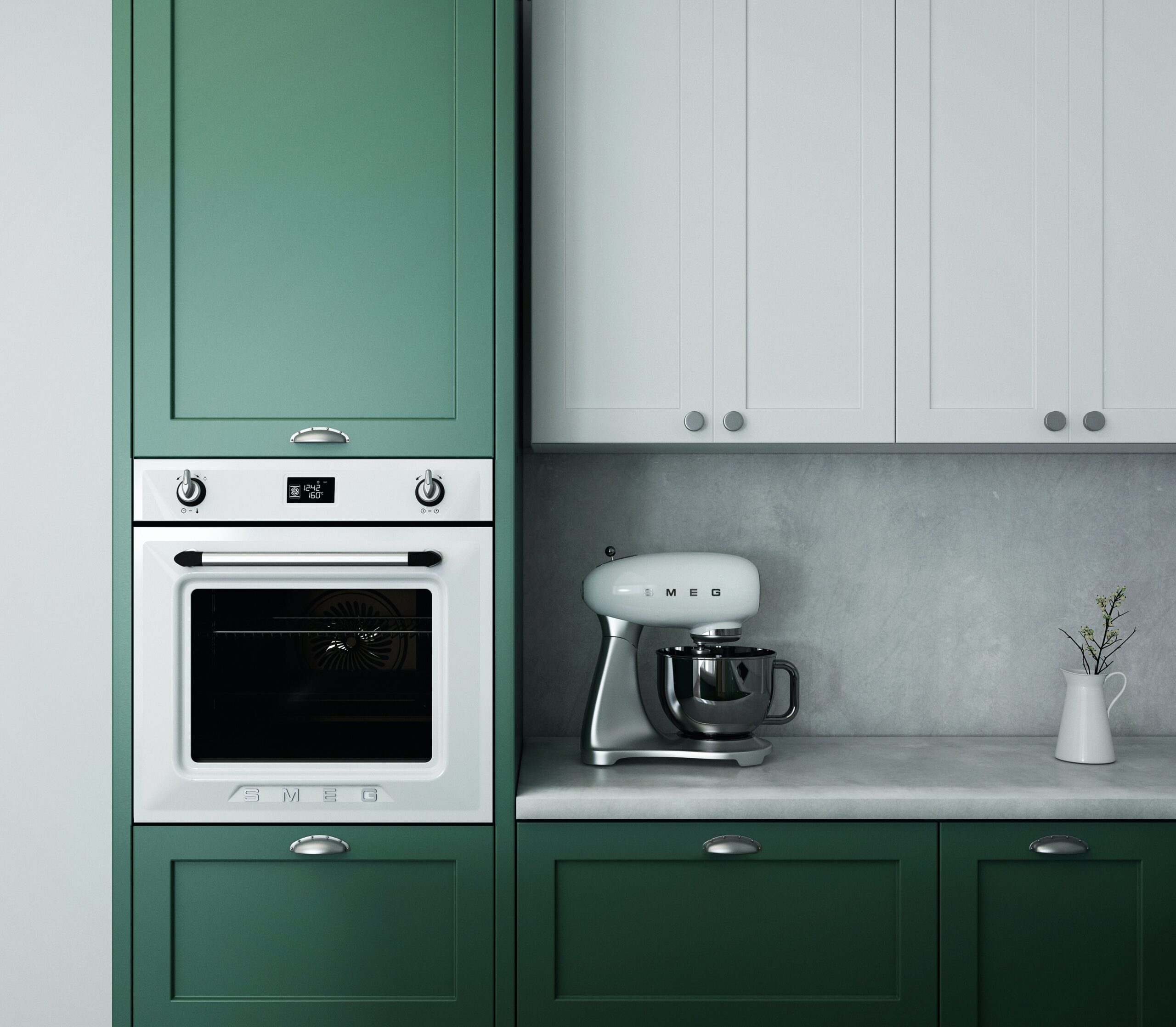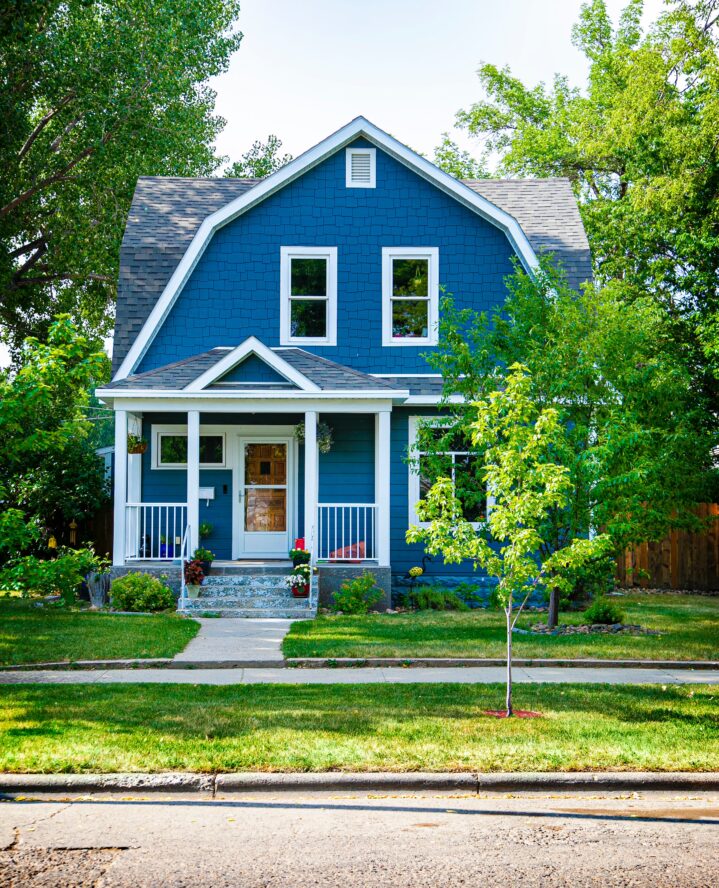Preparing and protecting your home from the disastrous impacts of flooding is necessary. Flooding in your home can occur due to a multitude of reasons, such as severe weather conditions, overflowing rivers, and even issues within the home, like burst pipes or leaking appliances. The aftermath of flooding can be extensive and overwhelming, leading to damage to property, loss of valuable items, and compromising the structural integrity of your home.
Implementing preventative strategies is crucial for homeowners to ensure that their sanctuary remains uncompromised and secure. By adopting the following precautionary measures and maintenance practices, homeowners can protect their homes, preserve peace of mind, and safeguard their investments against potential flooding scenarios.

Identify flood risks early.
The first thing you should do is identify areas in and around your home that are susceptible to flooding. Check the home’s perimeter to ensure there are no vulnerable areas where water can easily seep through. Research if your neighborhood is prone to heavy rains or is in a flood zone, which requires extra precautions.
Install water sensors.
To detect water leakage early, install water sensors in flood-prone areas such as basements, near appliances, and under sinks. These sensors alert homeowners of water presence, allowing for quick action. This is a great way to prevent significant damage.
Maintain gutters and downspouts.
Regularly clean and maintain gutters and downspouts to prevent blockages. Ensure that downspouts direct water away from the house’s foundation to avoid basement flooding.

Invest in a sump pump.
If you have a basement, a sump pump is essential. This device moves water from your basement to the outside of your home. Ensure it is in good working conditions, especially in rainy seasons. Have a battery backup in case of power failure.
Install backwater valves.
Backwater valves prevent city sewers from backing up into your home during heavy rainfall. They are essential for homes located in low-lying areas.
Elevate electrical appliances.
Elevate electrical appliances, switches, and wiring at least a foot above the expected flood level if you live in a flood-prone area. This will avoid electrical damage and reduce the risk of fire.

Seal cracks and openings.
It’s vital to regularly inspect your home for cracks in the foundation, walls, and openings around pipes. Seal cracks and openings to prevent water from entering your home. Use water-resistant materials for areas prone to moisture.
Consider the landscaping.
Proper landscaping can also help prevent flooding. Use plants and mulches to help absorb excess water, install French drains, and grade your lawn away from the house.
Know your insurance coverage.
Be sure to review your homeowner’s insurance policy to understand the extent of coverage for flood damage. Consider purchasing additional flood insurance if you live in a flood-prone area.
popular posts
- 1It’s Black Business Month, So Let’s Go Shopping and #BuyBlack!
- 2These Home Decor Items Will Instantly Make Your Space Look Outdated
- 3Black-Owned Home Decor Stores To Support Across the United States
- 4A Look Inside Elon Musk's Tiny $50,000 House
- 57 Black and Multicultural Designers To Follow For Design Inspo
Home

These 5 Kitchen Tools Will Up Your Culinary Experience
by Arielle Clay | January 19, 2023

I’ll Drink To That! Host a Black-Owned Wine & Spirit Tasting At Home
by Arielle Clay | January 20, 2023
Spaces
Whether it’s luxury or ease, every area of your home should be as fabulous and unique as you.
FOLLOW ALONG ON INSTAGRAM
#homeandtexture
Find us on social for more home inspiration where culture, personal style, and sophisticated shopping intersect to help you create a home where you love to live.






